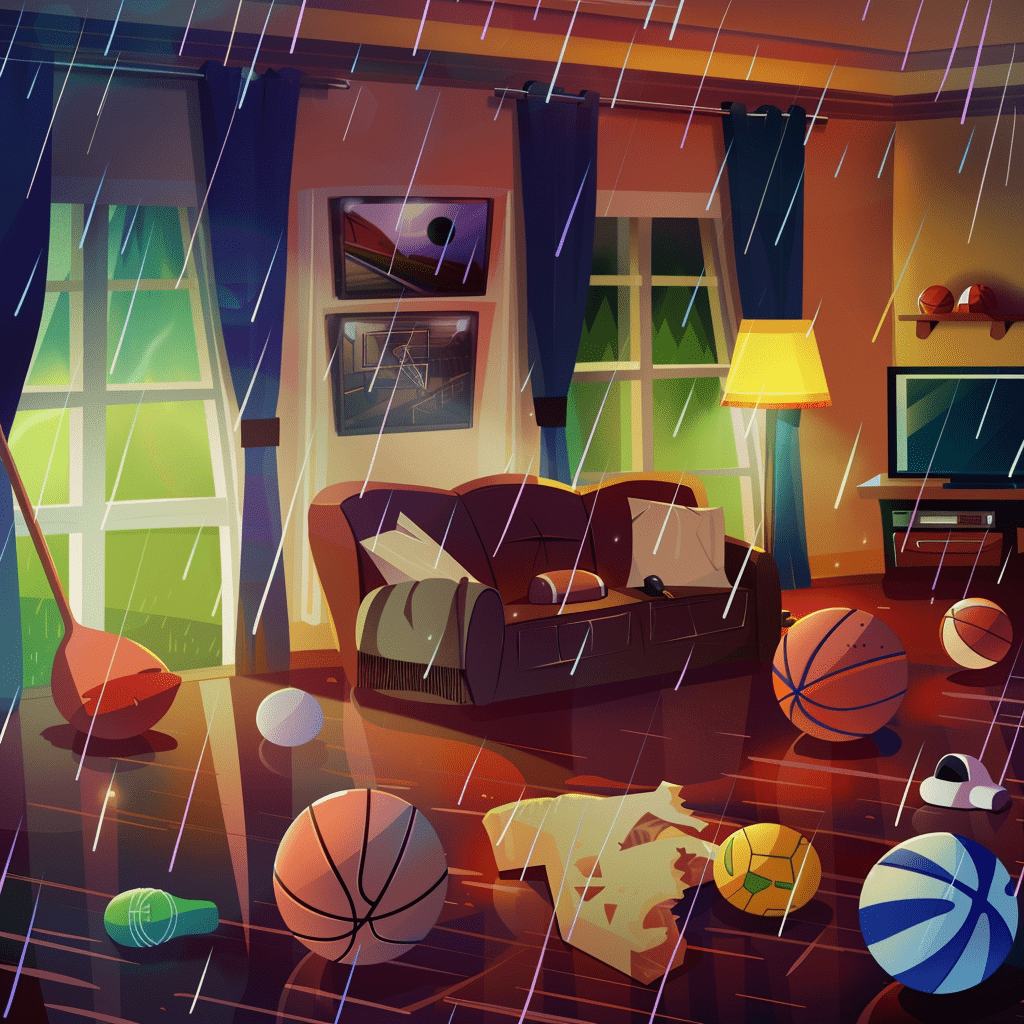Repurposing Used Soccer Balls

There are many ways to give old soccer balls a new life. We can either create fun DIY projects or donate them to help others.
DIY Projects Using Soccer Balls
Old soccer balls can be turned into unique and useful items. One idea is to make a flower pot. Cut an opening at the top of the ball, fill it with soil, and plant your flowers. It’s a fun and creative way to upcycle.
Another project is a sports hat. By cutting the soccer ball into pieces and reassembling, we can make a stylish hat. It’s unique and shows off our love for soccer.
We can also make a decorative hanging lamp. Remove the inner material and insert a light bulb. The ball’s patterns create interesting shadows, making it a one-of-a-kind piece for any room.
Donations to Charities and Organizations
Donating old soccer balls is a great way to help others. Many charities and organizations accept gently used sports equipment. These donations can make a difference for children in need.
For example, we can donate to local schools or community centers. They often have limited budgets and our donations can help them provide more opportunities for kids.
International organizations, like Kick4Life, use soccer to support health education in developing countries. Our old soccer balls can become tools for learning and fun.
By giving our old soccer balls to these groups, we help spread the joy of soccer to those who need it most.
Recycling Soccer Gear

We need to consider the materials soccer gear is made from and look into local recycling options available to us.
Understanding Soccer Ball Materials
Soccer balls are made from different materials like rubber, PVC, and synthetic leather. Rubber is used in the bladder of the ball, providing shape and air retention. PVC and synthetic leather form the outer layers, giving the ball durability and grip.
Knowing what soccer balls are made of helps us figure out if they can be recycled. Recyclable materials can be taken apart and processed separately. For instance, rubber can often be recycled into new rubber products or used in playground surfaces.
Local Recycling Solutions
Finding local recycling solutions is key. We should start by looking at our town’s recycling guidelines. Some recycling plants accept sports gear, but we need to check if they handle materials like rubber and PVC.
- Contact local recycling centers: Ask if they accept soccer balls and other soccer gear.
- Look for specialized recycling programs: Some areas have programs specifically for sports equipment.
- Check with sports stores: Sometimes stores have take-back programs for old gear.
The Environmental Protection Agency (EPA) can provide resources on how to handle sports equipment waste. By using local recycling solutions, we can help protect our environment and reduce waste.
Enhancing Soccer Practice
Using old soccer balls can improve practice by offering variety in training drills and supporting player development in unique ways.
Training Drills with Old Soccer Balls
Old soccer balls are perfect for skill-building drills. They help players adapt to different conditions. By using balls with various degrees of wear, we can simulate game scenarios. For instance, a worn ball can mimic how a ball behaves in rain.
Training with different ball sizes also enhances touch and control. Small-sized soccer balls improve fine footwork, while larger ones encourage strength and power. Incorporating these balls into passing drills, dribbling exercises, and shooting practice keeps players engaged and makes practice more dynamic and realistic.
Supporting Player Development
Coaches can use old soccer balls to track player progress. Players can practice ball control with slightly deflated balls, which are harder to manage and improve touch. This training tip can be done gradually, increasing the ball’s pressure as skills improve.
Using old balls also benefits goalkeeping practice. Worn balls are harder to predict, which helps goalkeepers improve their reflexes and anticipation. This makes them better prepared for real games where the condition of the ball may vary. By including old soccer balls in our practice routines, we create more versatile and adaptable players.
I’m Cartez Augustus, a content creator based in Houston, Texas. Recently, I’ve been delving into different content marketing niches to achieve significant website growth. I enjoy experimenting with AI, SEO, and PPC. Creating content has been an exciting journey, enabling me to connect with individuals who possess a wealth of knowledge in these fields.

